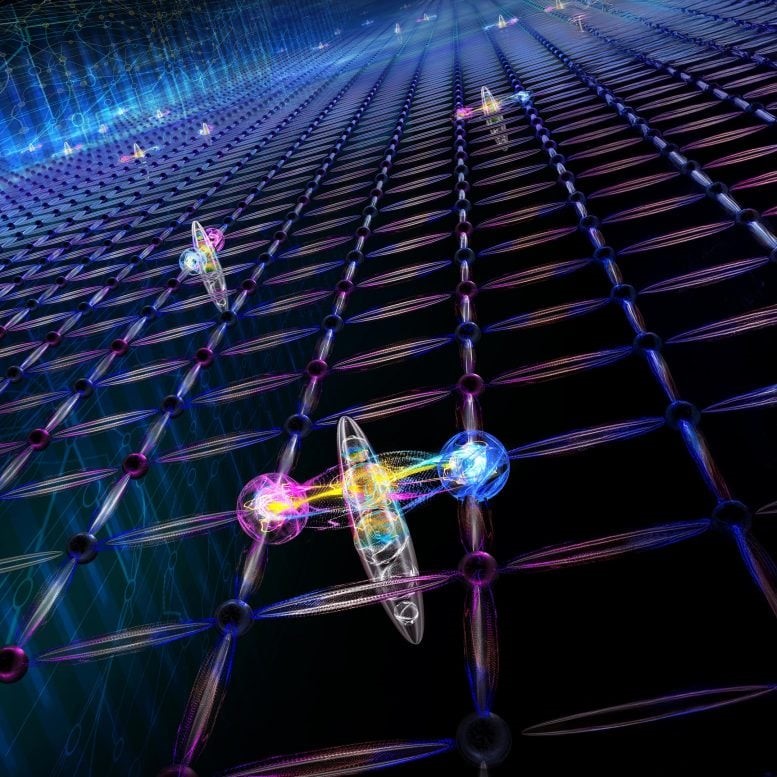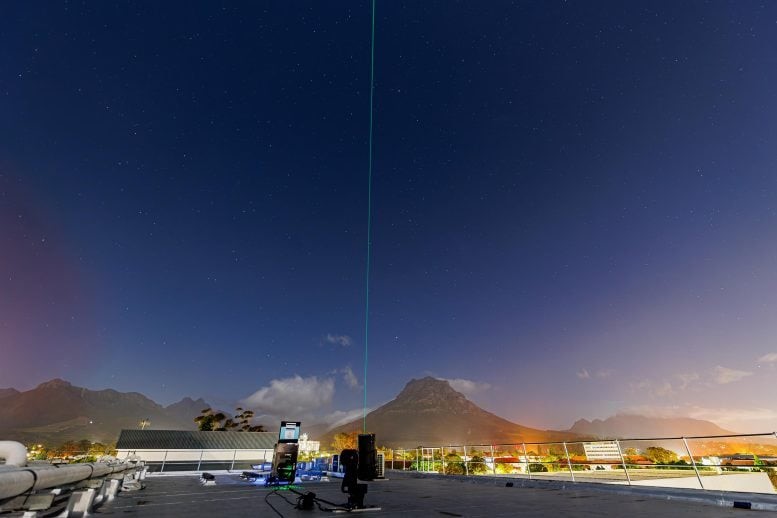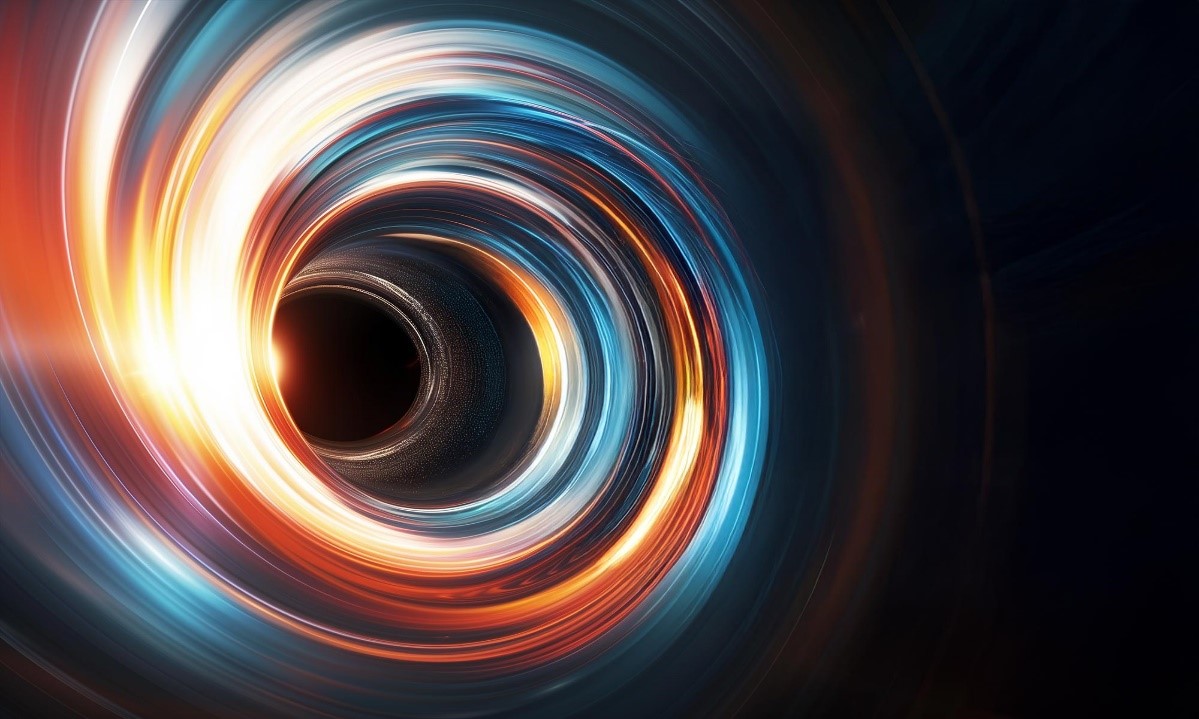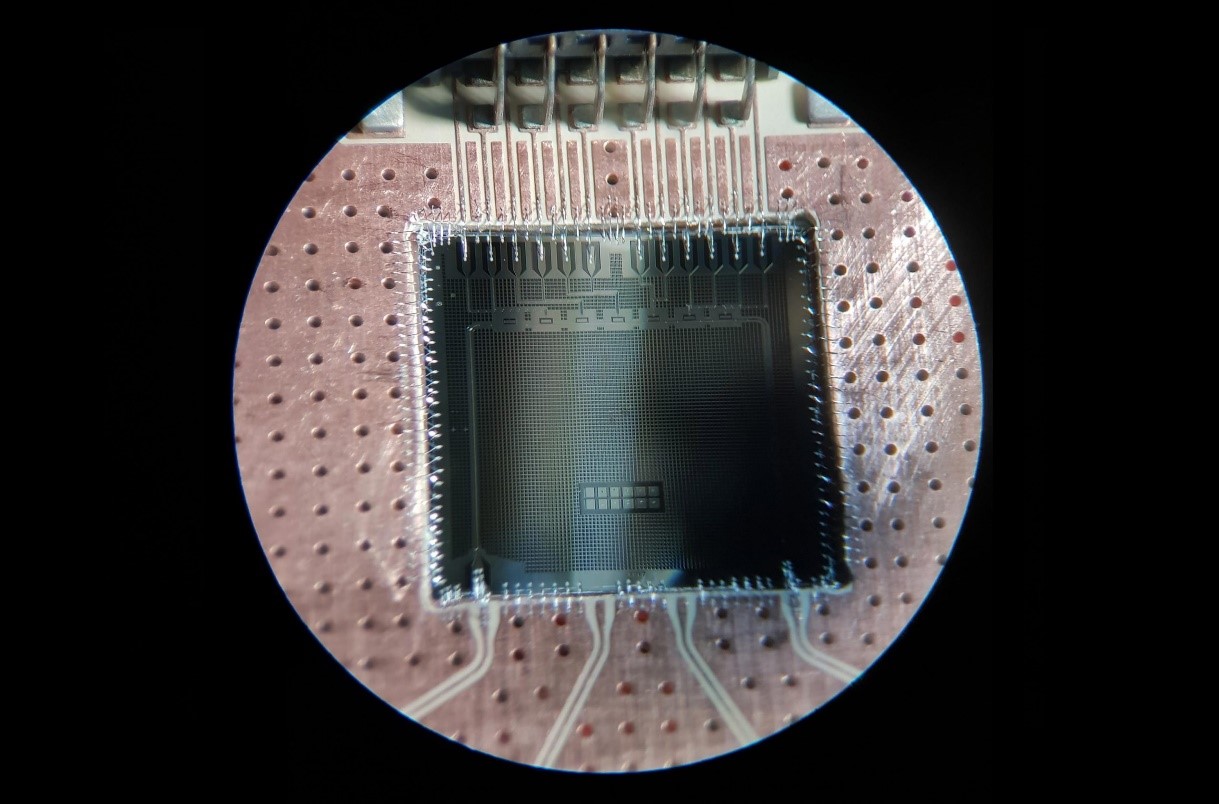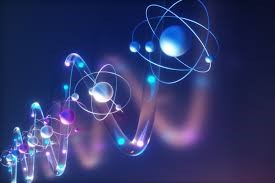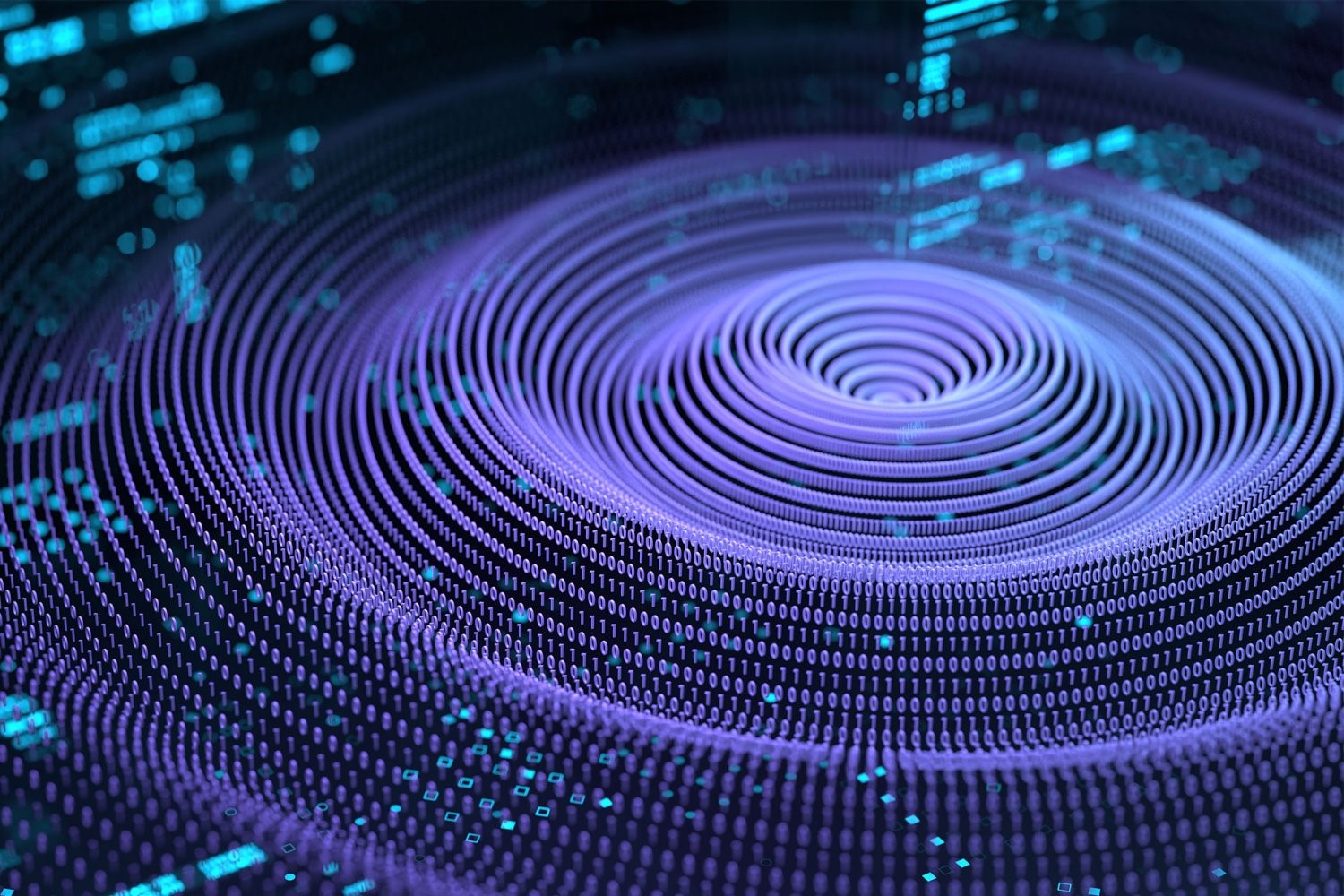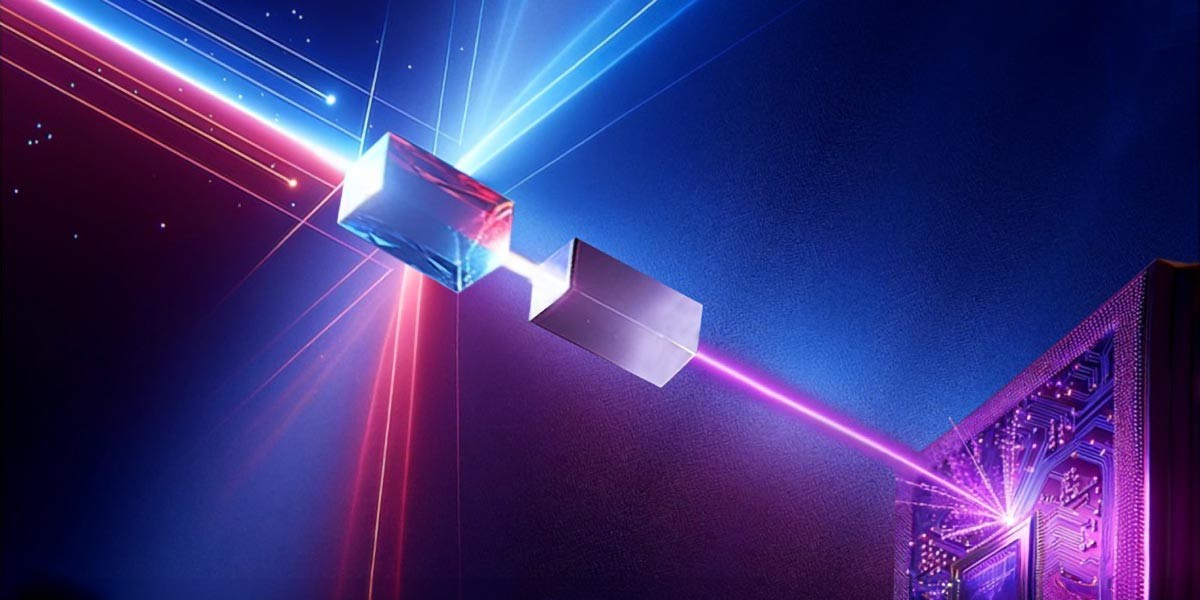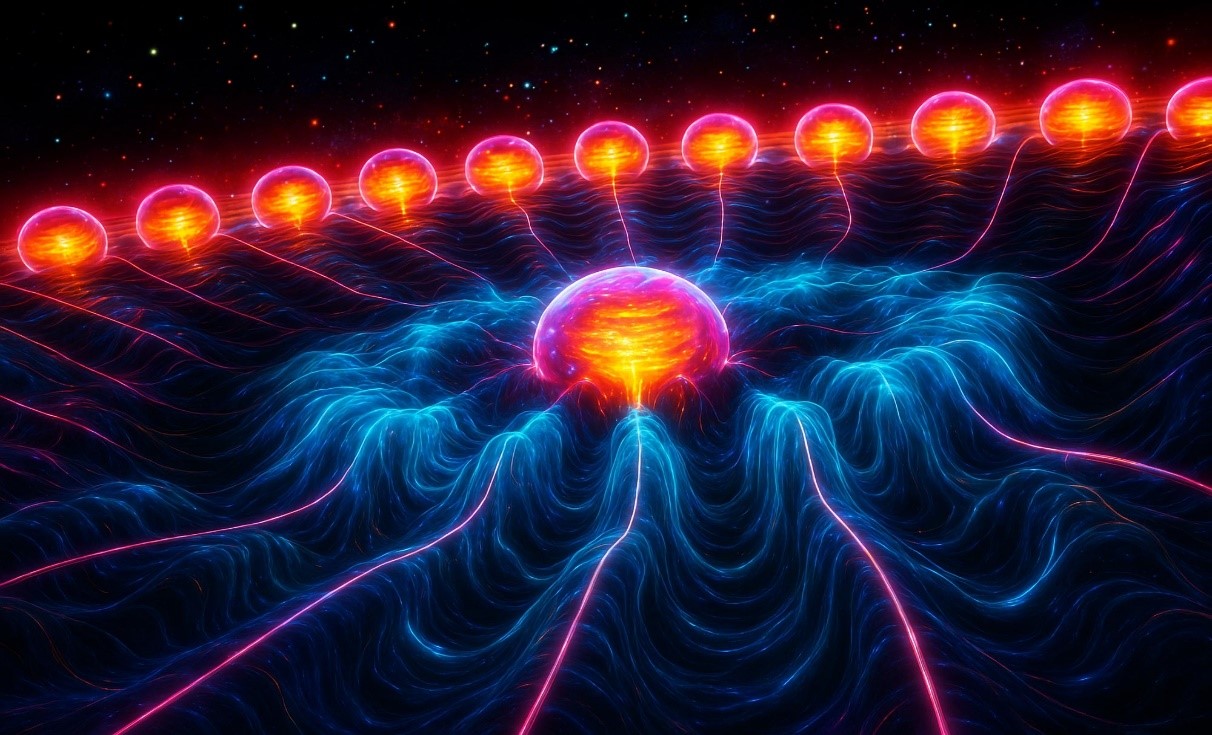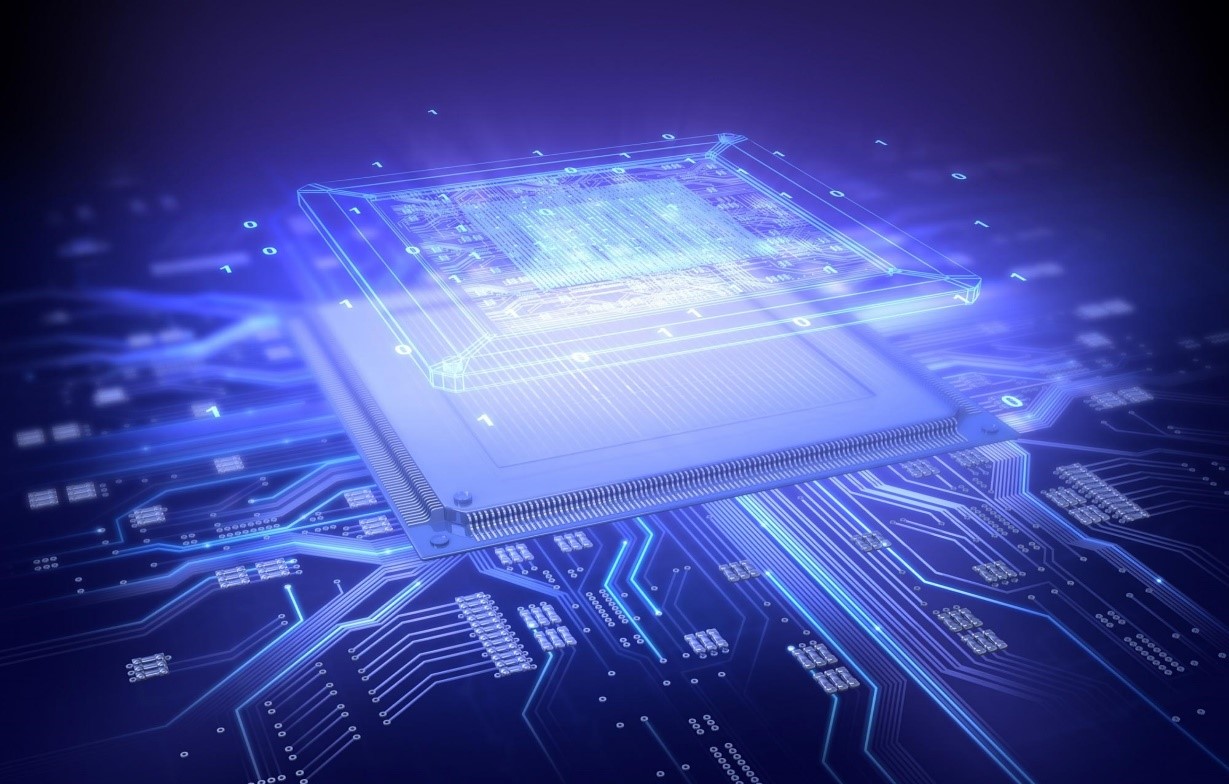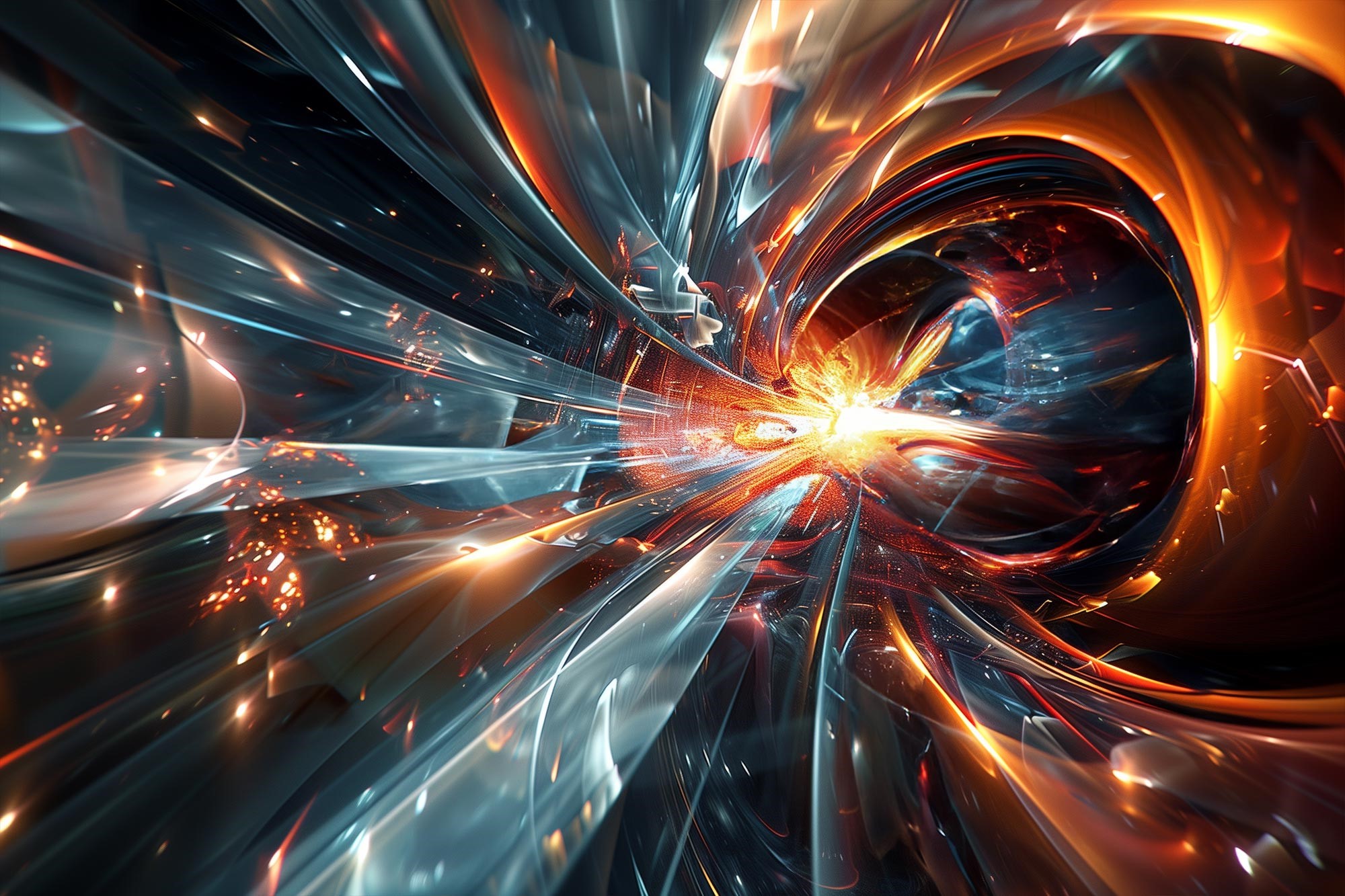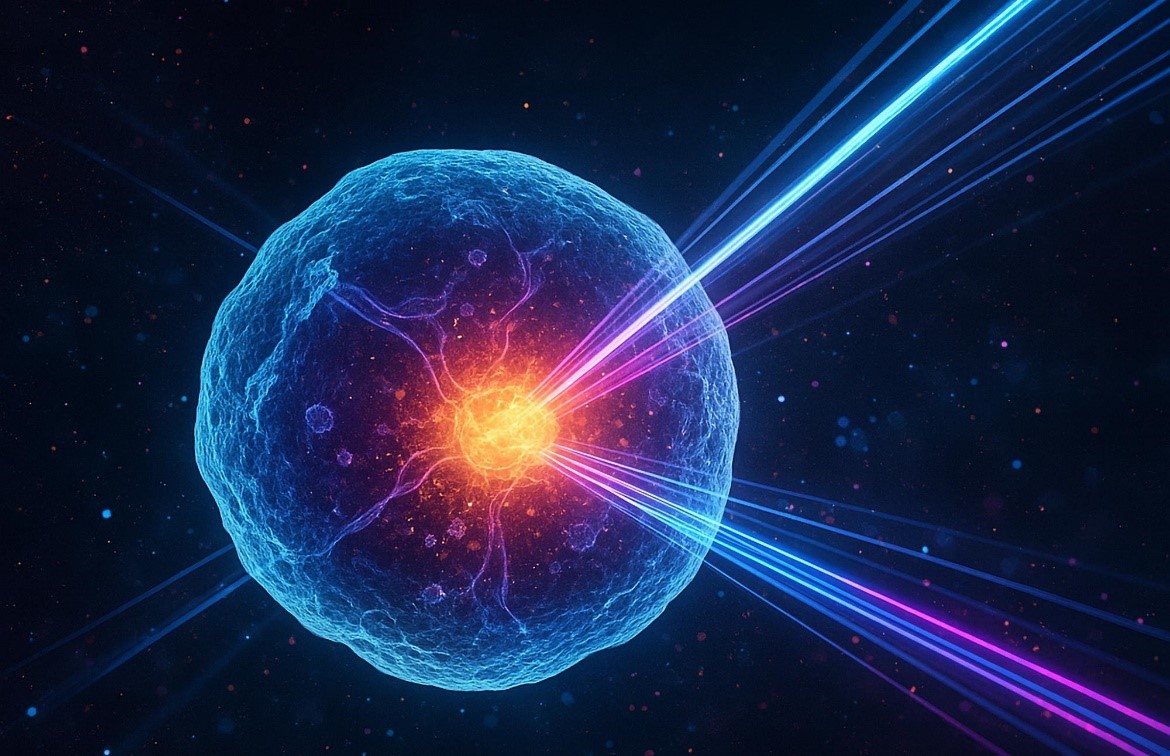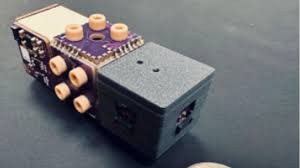Ghost Particles in The Deep Are Unlocking Secrets of Quantum Gravity
A Tiny Particle, A Big Mystery: Neutrinos and Quantum Gravity
Quantum gravity remains the missing link in physics—a theory that could bridge general relativity, which governs the vast cosmos, with quantum mechanics, which dictates the behavior of the smallest particles. One potential key to this long-standing mystery is the neutrino, an elusive, electrically neutral particle that barely interacts with matter. Trillions pass through your body every second, leaving no trace.
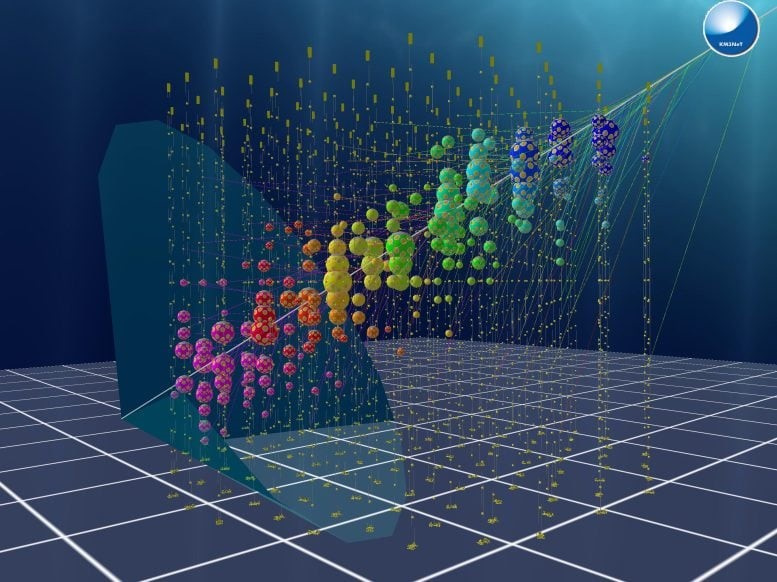
Figure 1. Ghost Particles Beneath the Sea: Unlocking Quantum Gravity’s Secrets
Because neutrinos interact so rarely, detecting them is a major challenge. However, on rare occasions, a neutrino collides with a particle, such as a water molecule deep in the ocean. When this happens, it can produce a faint blue glow known as Čerenkov radiation, which sophisticated detectors like KM3NeT can capture. Figure 1 shows Ghost Particles Beneath the Sea: Unlocking Quantum Gravity’s Secrets
km3net: A Deep-Sea Observatory for Neutrinos
KM3NeT (the Kilometer Cube Neutrino Telescope) is a massive underwater observatory built to detect rare neutrino interactions deep in the ocean. It consists of two primary detectors, including ORCA (Oscillation Research with Cosmics in the Abyss), which played a key role in this study. ORCA is located about 2,450 meters beneath the surface, near the coast of Toulon, France.
Detecting neutrinos, however, is just the beginning. To explore quantum gravity, researchers search for subtle effects like “decoherence,” a phenomenon that could provide clues to physics beyond our current theories.
Neutrino Oscillations and Clues to Quantum Gravity
As neutrinos travel through space, they undergo “oscillations,” meaning they shift between different identities—a process known as flavor oscillations. This occurs because a neutrino doesn’t have a fixed mass but exists as a quantum superposition of three mass states. Coherence maintains this superposition, allowing oscillations to happen in a predictable way. However, some theories of quantum gravity suggest that these oscillations could be weakened or even suppressed due to an effect called “decoherence.”
“There are several theories of quantum gravity that predict this effect, as they propose that neutrinos are not isolated systems—they can interact with their environment,” explains Nadja Lessing, a physicist at the Instituto de Física Corpuscular, University of Valencia, and corresponding author of the study, which involved contributions from hundreds of researchers worldwide.
Experimentally, detecting decoherence would mean observing suppressed neutrino oscillations. If a neutrino interacts with its surroundings during its journey—such as on its way to the KM3NeT sensors deep in the Mediterranean—this interaction could disrupt its oscillations. However, the study led by Lessing and her colleagues found no evidence of decoherence in the neutrinos detected by KM3NeT/ORCA.
Pushing Boundaries and Future Research
“This result,” explains Lessing, “suggests that if quantum gravity influences neutrino oscillations, it does so at a level below our current sensitivity limits.” The study has set the most stringent upper limits yet on the strength of this effect, surpassing those established by previous atmospheric neutrino experiments. These findings also provide valuable guidance for future research, refining the search for quantum gravity’s elusive fingerprints.
The Significance of Neutrino Decoherence
“Finding neutrino decoherence would be a big thing,” says Lessing. To date, no direct evidence of quantum gravity has ever been observed, making neutrino experiments an area of growing interest. Scientists studying quantum gravity are particularly drawn to this research because decoherence is a phenomenon that likely cannot be explained by other known physics.
“There has been a growing interest in this topic,” Lessing adds. “People researching quantum gravity are very interested in this because you probably couldn’t explain decoherence with something else.” If detected, neutrino decoherence could provide a groundbreaking glimpse into the nature of quantum gravity, opening new doors in our understanding of the universe.
Source: SciTECHDaily
Cite this article:
Priyadharshini S (2025),Ghost Particles in The Deep Are Unlocking Secrets of Quantum Gravity, AnaTechMaz, pp. 226


